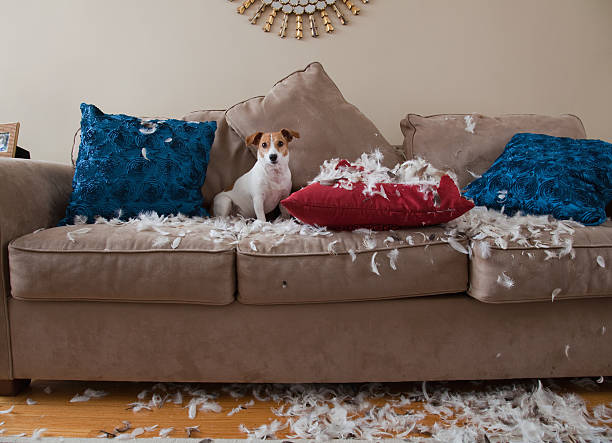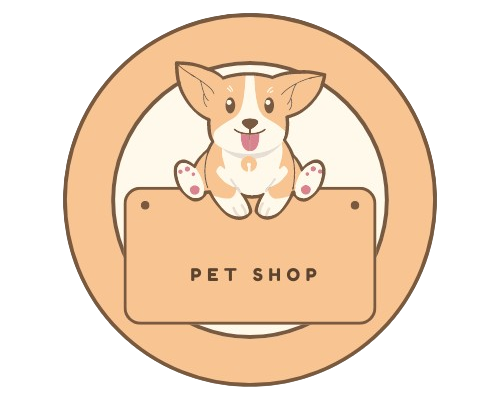
Why Dogs Bite and Destroy Furniture and How to Prevent It Effectively
Introduction
Dogs bring immense joy and companionship into our lives, but sometimes their behaviors can be challenging, especially when they bite and destroy furniture. Understanding why dogs exhibit these destructive behaviors and how to prevent them effectively is crucial for maintaining a harmonious household. In this blog, we’ll explore the reasons behind such behaviors and provide practical tips to address and prevent them.
Why Do Dogs Bite and Destroy Furniture?
Teething in Puppies
Puppies, like human babies, go through a teething phase. During this period, their gums are sore, and chewing helps to relieve the discomfort. Furniture, being readily available and often textured, becomes an easy target.
Boredom and Lack of Stimulation
Dogs are intelligent and active animals. When they are bored or not sufficiently stimulated mentally and physically, they may resort to destructive behaviors to entertain themselves. Chewing furniture can be a way for dogs to pass the time and alleviate boredom.
Anxiety and Stress
Separation anxiety is a common issue in dogs. When left alone, anxious dogs may chew on furniture as a coping mechanism. Other stressors, such as changes in the household, loud noises, or the introduction of new pets, can also lead to destructive chewing.
Attention-Seeking Behavior
Dogs quickly learn that chewing furniture gets a reaction from their owners, whether positive or negative. If a dog feels neglected, it may engage in destructive behaviors to draw attention.
Lack of Training
Some dogs simply haven’t been taught what is appropriate to chew and what is not. Without proper training and guidance, they might chew on furniture out of curiosity or habit.
Health Issues
In some cases, dogs may chew on furniture due to underlying health problems, such as dental issues or gastrointestinal discomfort. It’s essential to rule out medical causes if your dog’s chewing behavior is sudden or unusual.
How to Prevent Dogs from Biting and Destroying Furniture
Provide Appropriate Chew Toys
Ensure your dog has plenty of appropriate chew toys. Choose toys that are safe, durable, and designed for your dog’s size and chewing strength. Rotating toys can also keep your dog interested and engaged.
Exercise and Mental Stimulation
Regular physical exercise and mental stimulation are crucial for preventing boredom and reducing destructive behaviors. Daily walks, playtime, and interactive toys can help keep your dog physically and mentally satisfied.
Create a Safe Space
Designate a safe and comfortable space for your dog, especially when you are not home. A crate or a specific room with their bed, toys, and water can help reduce anxiety and prevent access to furniture.
Positive Reinforcement Training
Train your dog using positive reinforcement techniques. Reward them for chewing on appropriate items and redirect them from furniture to their toys. Consistency and patience are key to successful training.
Address Anxiety and Stress
If your dog suffers from anxiety, consider strategies to alleviate their stress. This could include using calming products, such as anxiety wraps or pheromone diffusers, and gradually desensitizing them to being alone. In severe cases, consult a veterinarian or a professional dog behaviorist.
Deterrents
Using deterrent sprays designed for furniture can help discourage your dog from chewing on it. These sprays have an unpleasant taste that dogs dislike. Ensure the deterrent is safe for your furniture and your dog.
Maintain a Routine
Dogs thrive on routine. Keeping a consistent schedule for feeding, exercise, and playtime can provide structure and reduce anxiety, which in turn can minimize destructive behaviors.
Vet Check-Up
If your dog’s chewing behavior is sudden or unusual, consult your veterinarian. They can rule out any underlying health issues that might be causing the behavior and provide additional advice.
Supervision
Supervise your dog when they are around furniture, especially during the training phase. If you catch them chewing on furniture, calmly redirect them to an appropriate chew toy and praise them when they comply.
Conclusion
Understanding why dogs bite and destroy furniture is the first step in addressing and preventing these behaviors. By providing appropriate chew toys, ensuring regular exercise and mental stimulation, addressing anxiety, and employing positive reinforcement training, you can effectively prevent your dog from turning your furniture into a chew toy. Remember, patience and consistency are essential. With the right approach, you can create a harmonious environment where both you and your dog can thrive.
